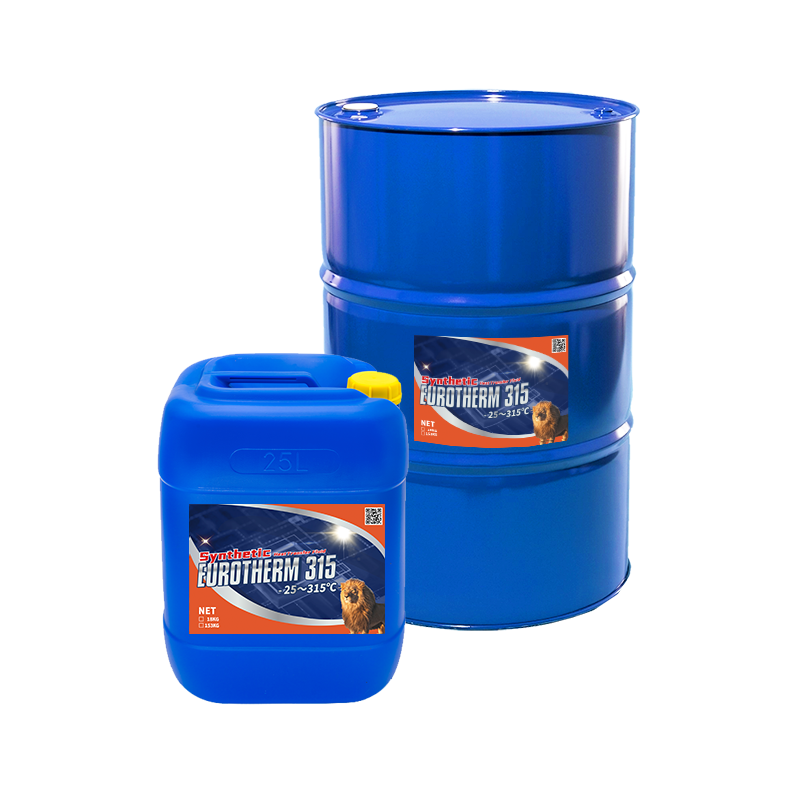Chemie for Dummies
Chemie for Dummies
Blog Article
Chemie - Questions
Table of ContentsA Biased View of ChemieNot known Factual Statements About Chemie The smart Trick of Chemie That Nobody is Talking AboutFascination About ChemieHow Chemie can Save You Time, Stress, and Money.Unknown Facts About Chemie
(https://disqus.com/by/disqus_harfAtVpBU/about/)Measured modification in electrical conductivity of liquid examples as a function of time when stirred with the resin sample in the shut indirect cooling loop experiment. Figure 6 shows the change in the measured electric conductivity of the fluid examples when mixed with the resin sample. The conductivity of the water example from the shut loop experiment lowered by about 70% from 11.77 S/cm to 3.32 S/cm in 6 hours.These results indicated that the capability of the resin relies on the examination liquid used for the experiment. This shows that different ions existing in the liquid will certainly result in various ion exchange ability of the fluid. Determining the ion exchange material capability with the fluid example from the real air conditioning loophole is important.
Everything about Chemie
An ion exchange resin cartridge including 20g of Dowex mixed bed resin may take on order 938 days to fill - inhibited antifreeze. In other words, to keep a low electrical conductivity, a material cartridge with the measurement and weight requirements as that of the material cartridge utilized in the experiment, need to be altered every 30 months for the air conditioning system that was made use of in the experiment
The cooling of digital parts has actually ended up being a significant difficulty in current times as a result of the advancements in the style of faster and smaller parts. Therefore, different cooling innovations have actually been developed to successfully eliminate the warm from these elements [1, 2] The use of a fluid coolant has become eye-catching because of the higher warmth transfer coefficient accomplished as compared to air-cooling.
The 25-Second Trick For Chemie
A single stage air conditioning loop is composed of a pump, a warmth exchanger (cool plate/mini- or micro-channels), and a warmth sink (radiator with a fan or a liquid-to-liquid warmth exchanger with cooled water air conditioning). The warm resource in the electronics system is affixed to the heat exchanger.
The requirements might differ relying on the sort of application. Adhering to is a list of some general needs: Good thermo-physical properties (high thermal conductivity and certain warm; low thickness; high latent warmth of evaporation for two-phase application) Reduced freezing point and burst factor (sometimes burst security at -40 C or reduced is required for shipping and/or storage space objectives) High climatic boiling factor (or low vapor pressure at the operating temperature level) for single stage system; a slim preferred boiling point for a two-phase system Excellent chemical and thermal security for the life of the electronics system High flash point and auto-ignition temperature (in some cases non-combustibility is a requirement) Non-corrosive to products of building (metals along with polymers and various other non-metals) No or very little regulatory restrictions (eco-friendly, nontoxic, and potentially biodegradable) Cost-effective The ideal electronic devices coolant is a low-cost and nontoxic liquid with superb thermo-physical homes and a lengthy solution life.
A Biased View of Chemie
A lot of these fluids have a non-discernible smell and are harmless in situation of call with skin or intake. As pointed out previously, aliphatic PAO-based liquids have actually replaced the silicate-ester liquids in a selection of army electronics (and avionics) cooling applications in the last decade. An additional class of preferred coolant chemistry is dimethyl- and methyl phenyl-poly (siloxane) or frequently called silicone oil.
Fluorinated compounds such as perfluorocarbons (i.e., FC-72, FC-77) hydrofluoroethers (HFE) and perfluorocarbon ethers (PFE) have particular distinct homes and can be used touching the electronic devices [4, 8] First of all, these liquids are non-combustible and non-toxic. Some fluorinated compounds have zero ozone a fantastic read diminishing potential and various other ecological residential or commercial properties.
Ethylene glycol is colorless and virtually odor free and is entirely miscible with water. When properly hindered, it has a fairly low corrosivity. This coolant is classified as hazardous and ought to be taken care of and disposed of with treatment. The top quality of water used for the preparation of a glycol solution is very crucial for the system.
Some Known Factual Statements About Chemie

Apart from absence of poisoning, it has no benefits over ethylene glycol, being greater in cost and more thick. This is a reduced price antifreeze service, locating usage in refrigeration solutions and ground source warm pumps. Similar to glycols, this can be hindered to stop corrosion. This fluid can be used down to -40 C because of its relatively high rate of heat transfer in this temperature array.
It is taken into consideration more hazardous than ethylene glycol and consequently has actually found use just for process applications located outdoors. Methanol is a flammable fluid and, as such, introduces a possible fire risk where it is saved, took care of, or made use of.
The Single Strategy To Use For Chemie
As a flammable liquid, it calls for specific precautions for handling and storage space. Liquid solutions of calcium chloride locate broad use as distributing coolants in food plants. The major applications of these liquids are in the food, beverage, drugs, chemical and weather chamber applications, lately these liquids have been checked out for single-phase convection cooling of microprocessors.
Report this page